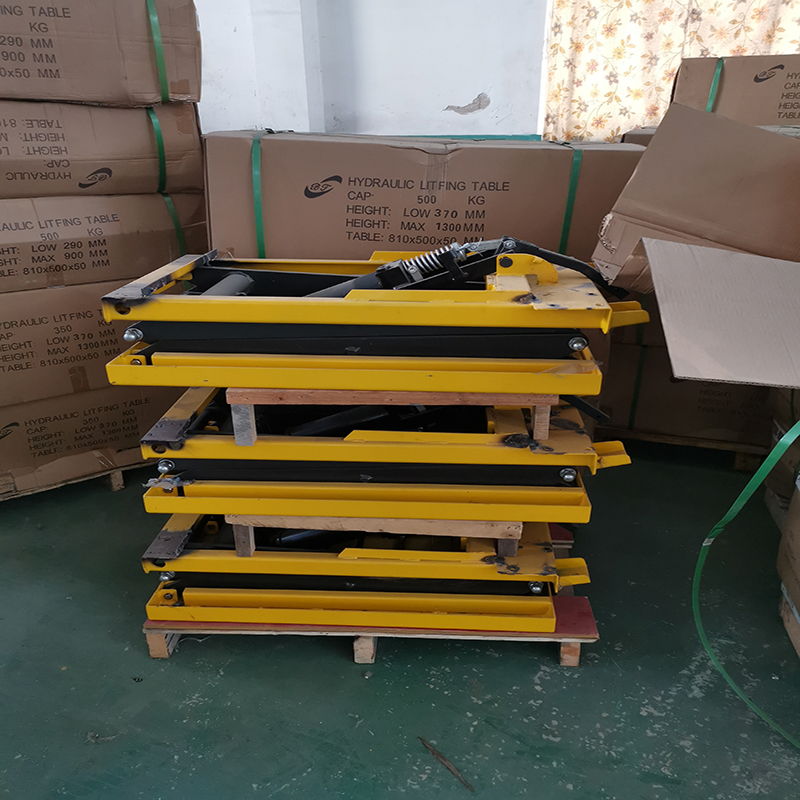Машины из взорвания таяния производят нетказы. Процесс формирования расплавленного волокна, В сочетании с свойствами, такими как высокая площадь поверхности и небольшой размер пор, Сделайте эти невоспаления подходящими для различных применений.
Что такое тканевые машины для расплавленных тканей?
Тканевая машина для расплавленной ткани – также называемые системы выдувания таяния или линии расплавленных – состоять из нескольких основных компонентов:

- Экструдер – Полимерные смолы расплавы и насосы, такие как полипропилен или полиэтилен.
- Умирайте сборку – Содержит спиннеры или сопла, которые выдают расплавленную полимер.
- Система сжатого воздуха – Генерирует высокоскоростные воздушные самолеты, которые вытягивают экструдирующие волокна.
- Конвейерная лента – Собирает экструдированные волокна для формирования нетканой сети.
- Секция тепла и утилизации – Затвердевает расплавленные волокна.
- Пост лечения – Включает варианты для веб -связей, Срезая и обмоточная.
В эксплуатации, расплавленный полимер экструдируется через форсунки, в то время как высокоскоростные воздушные самолеты рисуют и ослабляют экструдирующий полимер в очень мелкие волокна. Случайно рассеянные расплавленные волокна наносятся на движущуюся конвейерную ленту, который рисует Интернет с той же скоростью, которые формируются волокна.
Затем сеть проходит через сечение нагрева и гашения, которая укрепляет структуру тонкого волокна. Опции после лечения облигация, Консолидировать и замолчать нетканутую сеть, чтобы создать полезную ткань с расплатой.
Как образуются расплавленные волокна?
Ключевым аспектом выдувания таяния является высокоскоростный воздух, который выходит из джетов надали рядом с экструдирующим полимером. Поскольку полимер появляется из сопел:
- Воздух очень быстро растягивает и ослабляет зарождающиеся волокна.
- Волокна вытянуты на мелкие диаметры 1 микрон или менее внутри 20 СМ.
- Траектории волокна становятся рандомизированными, рассеивая волокна равномерно по Интернету.
Высокотемпературный воздух также помогает охлаждать и закрепить волокна сразу после формирования, стабилизация их тонкой структуры, прежде чем волокна смогут рекомбинировать.
Особенности тканевых машин, выдувших таяние
- Размерные размеры – Ширина сопла, форма и расстояние.
- Расход воздуха – Температура, давление и скорость струи.
- Пропускная способность полимера – Как быстро линия преобразует смолу в ткань.
- Веб -характеристики – Базисный вес, толщина, Диаметр волокна и размер пор.
- Ширина линии – Максимальная нетканая ширина ткани, произведенная за один проход.
- Обработка возможностей – Какие типы полимеров оптимизированы машина для.
Производители предлагают машины с различными конфигурациями, Пропускные способности и системы отопления/охлаждения для производства нетканых веб -сайтов с различными свойствами для конкретного конечного использования.
